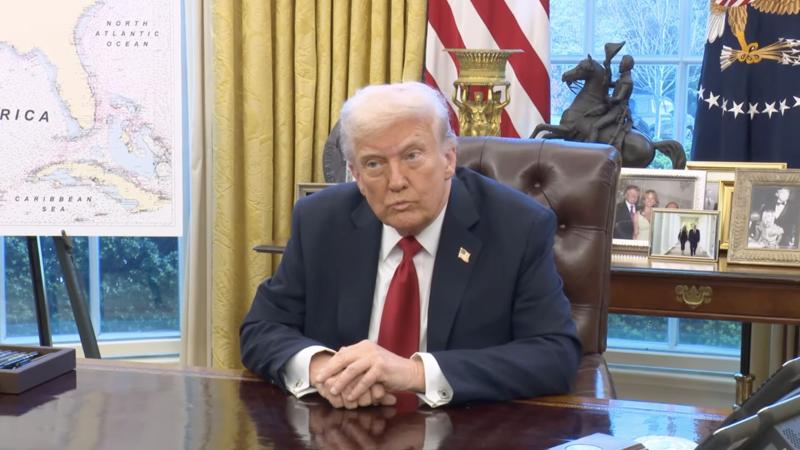Public employee unions fighting President Donald Trump’s plans to overhaul the federal government are seeking a temporary restraining order to block implementation of the president’s executive order on the Department of Government Efficiency.
Trump created DOGE to “dismantle government bureaucracy, slash excess regulation, cut wasteful expenditures and restructure federal agencies.”
Unions representing federal employees have been fighting back at every step, filing multiple challenges to Trump’s executive orders to reshape the executive branch.
Democracy Forward, Altshuler Berzon LLP, Protect Democracy, Public Rights Project and State Democracy Defenders Fund are representing the unions in the case. They want a judge to preserve the status quo while the case moves ahead.
“President Trump has neither constitutional authority nor Congressional authorization to effectuate a government-wide reorganization and direct massive federal employee layoffs in service of that reorganization, either across or within agencies, and any attempt to implement such radical restructuring is entirely [beyond his legal authority],” attorneys wrote in the union’s request for a TRO.
The Trump administration is fighting back on multiple fronts. The U.S. Attorney’s Office said an emergency motion doesn’t make sense when the orders at issue are months old.
“Plaintiffs are seeking to challenge guidance issued more than two months ago, and an Executive Order issued nearly three months ago,” Acting U.S. Attorney Patrick Robbins and his team wrote in response.
Robbins said if anything, the request for a TRO should be considered a request for a preliminary injunction given the amount of time that passed between the order and when the union filed suit. But in either case, Robbins and his team said such measures weren’t warranted, especially in light of other lawsuits the unions filed seeking similar relief.
“Given these lawsuits seeking in some cases overlapping relief, in some cases filed months ago, this Court should reject out of hand the notion that Plaintiffs’ sprawling current challenge constitutes an emergency,” Robbins said.
Trump has taken steps to curb the power of public unions in the executive branch.
In March, he issued an executive order stripping employees of their union rights. A judge this week said the Trump administration must recognize collective bargaining rights while it appeals in that case.
In another case, Trump’s administration sued to void labor contracts with the National Treasury Employees Union and the American Federation of Government Employees.
Trump’s moves are some of the most high-profile attempts to limit union power in the federal government in decades.
AFL-CIO President Liz Shuler called Trump’s executive order “the very definition of union-busting.”
Trump’s attacks have been limited to public employee unions. He has actively courted private unions, including the United Auto Workers, who have praised Trump for his efforts to reshape trade and bring back manufacturing jobs with tariffs.
Trump has also looked to reduce the size of the federal workforce, but many of those efforts have also ended up in court.







